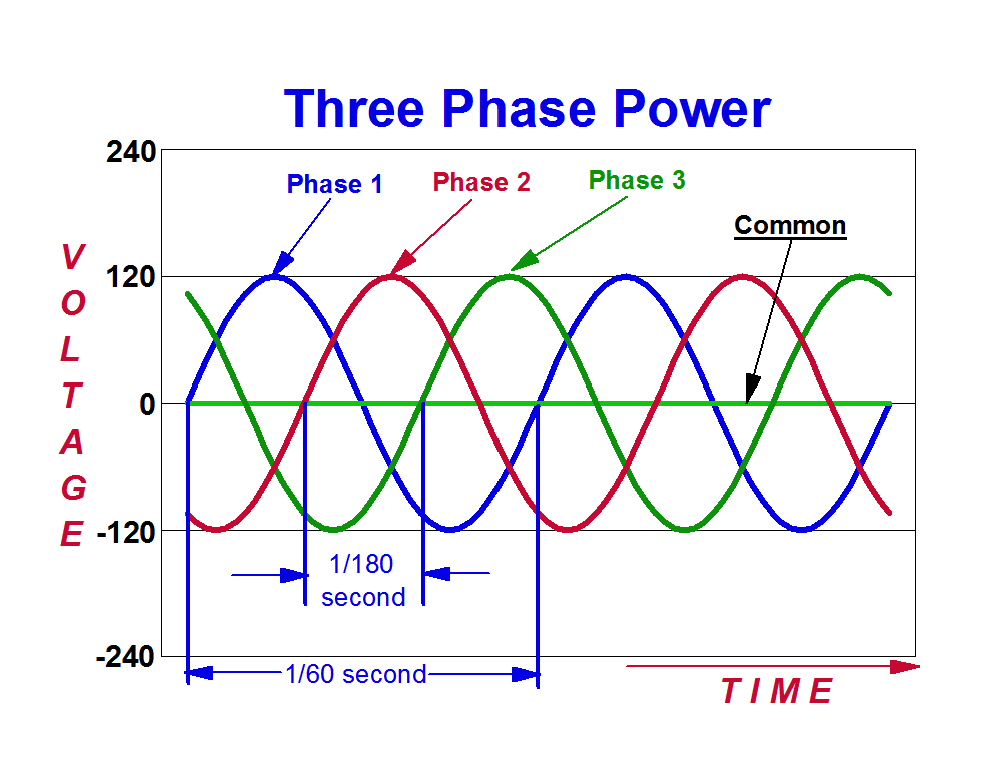jsguitar
Well-Known Member
We don't have to get all worried about a few stray volts. I apologize if my question caused an issue. What was the saying? "220, 221 whatever it takes."
Name the movie.
Mr.Mom!
(I'm old)

We don't have to get all worried about a few stray volts. I apologize if my question caused an issue. What was the saying? "220, 221 whatever it takes."
Name the movie.
"I hear champagne chilling in the background!" Ok, enough hijacking.
You do not have a clue. But - in that case I'll just take it down. (I believe you are mistaken - however.) Good first post.! Saves me one hell of a lot of time going forward.!
You are all on your own now.
I'm Done...
A little touchy are we? I didn't post to offend anyone. I'm a service electrician. I work with different nominal voltages in different environments everyday. I just chimed in to be of help, in a area I have more experience than most.
I gave you my math. Tell me where I'm wrong... I'm wrong all the time. I'm open to learn something new. That being said.
Configure it anyway you want. watts are watts. three 5,500 watt elements on one breaker is 16,500 watts and at @ 240volts 3phase it is way more than a 30 amp breaker can handle. Do a google search check for yourself.









This might help you out, disregard the inaccuracy of the SSR's, you know what they do. This should help you set up a sys that will work individually as well. Each element has 2 pole circuit protection here, remove it if you don't want it.
The line load on each phase will calculated according to the appropriate formula, each element will draw 23a @ 5500w. You may want to increase the breaker capacity to a 32a instead of a 25a to stay under 80% if you wish. The 40a rated ssr's I recommended will be fine.
If I set it up with out individual control I will have a lower amp draw though correct?
Don't worry about it - you did nothing wrong. PJ has done this exact thing before - gets mad and says he quits when he is questioned.

God forbid you bring up his e-stop circuit too.
Glad you are all having fun.
I'm still trying to wrap my head around the current draw on 3 phase delta power. The calculation formula is knocking me down.
I think it is this for 3 - 5500W elements rated for 240V. Each element draws 22.9A - times 1.73 = 39.6A per phase.
Is this correct?
I'll put the diagram back up as soon as I can get it figured out correctly and drawn properly.
P-J
Glad you are all having fun.
I'm still trying to wrap my head around the current draw on 3 phase delta power. The calculation formula is knocking me down.
I think it is this for 3 - 5500W elements rated for 240V. Each element draws 22.9A - times 1.73 = 39.6A per phase.
Is this correct?
I'll put the diagram back up as soon as I can get it figured out correctly and drawn properly.
P-J
Try this:
208-3-phase-WYE

240V-3-phase-Delta



UGGG!!! My head hasnt hurt this much since I was going through Basic Electrical and Electronics back in the Navy......
Lets get back to brewing beer and save all the 3-phase theory talk for a different site!
OKAY rant over, brew on.....
I always like to draw it. AC power is a wave - in the US it's a wave with 60 cycles per second. Each leg of a three phase system is 120 degrees out of phase - so the waves don't line up. If you connect any two waves the total voltage isn't twice a single leg - since the waves aren't lined up.

here's a graph of 120v 60 Hz three phase. If you measured from peak to peak on any one phase it's 120v. However, and here's where the math comes in, since the waves aren't in phase (lined up) the sum of two phases isn't twice - it's 1.73x.
so, when you look at the highest combined voltage of any two phases you see +104 / -104 for a total of 208.

is that helpful?
Nice diagrams and very helpful, but I do have one minor nit to pick. You are showing the peak voltage as 120 volts - actually that is the RMS (root mean square) value, so the peak should be about 170 volts, not 120, or a peak of about 340 for 240 volts RMS.
Protto said:Breaker needs to be: I = P / (U x sqrt3) = 16500W / (240V x 1,73) = 39.7A
Don't forget to divide by .8 to find the actual breaker size, which in this case would be 49.6A, rounded up to 50A. If you don't, expect to replace the not too cheap 40A three phase breaker in a year or two when you could have just got a 50A and been good for life.
Another way to do it would be to get a 100% rated 40A breaker, and you could reduce the wire size, but they are pricey. If you have a lot of wire length to run, it can become cost effective... Would have to crunch your own math and get pricing to figure out.
Correct me if I'm wrong, don't you have 230/400 50hz 3phase over there in norway. You have 230volts line to neutral and 400volts line to line? If I was doing an electric brewery on that nominal voltage I'd use 480volt (common usa voltage for industry) water heater elemets, its not as common as household 240 volt elements, but you could get way more watts without increasing your wire size. maybe even do double batches without changing your feeder circuitry.